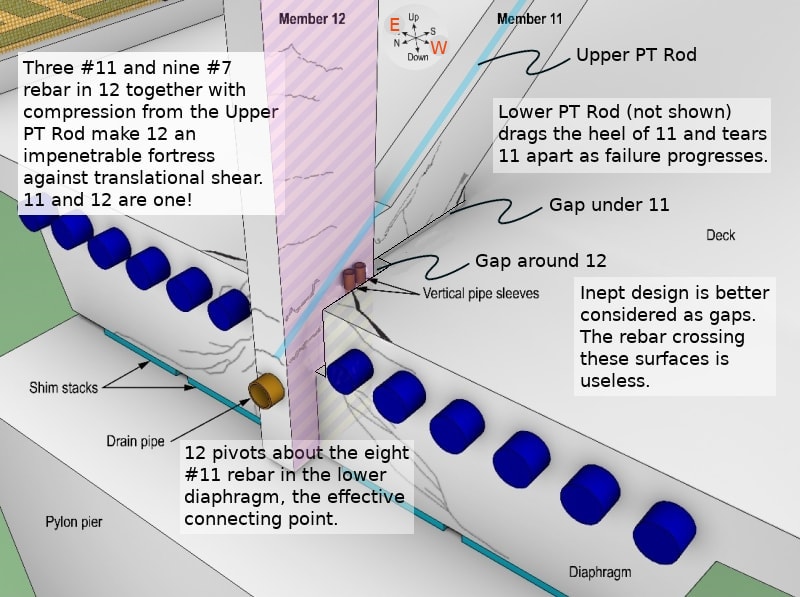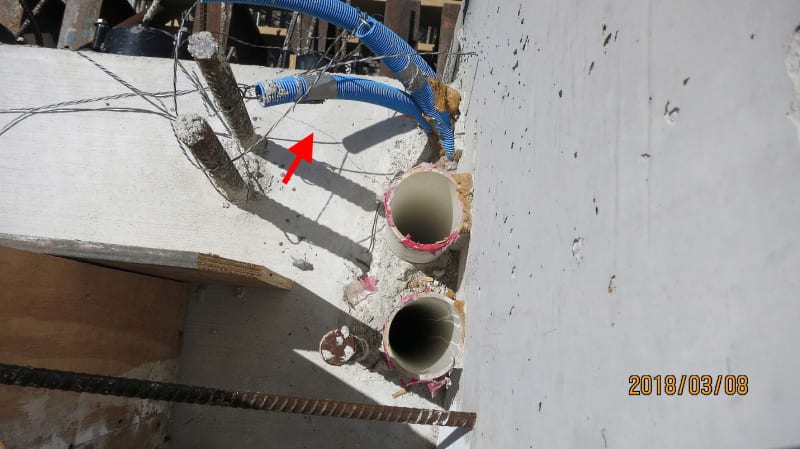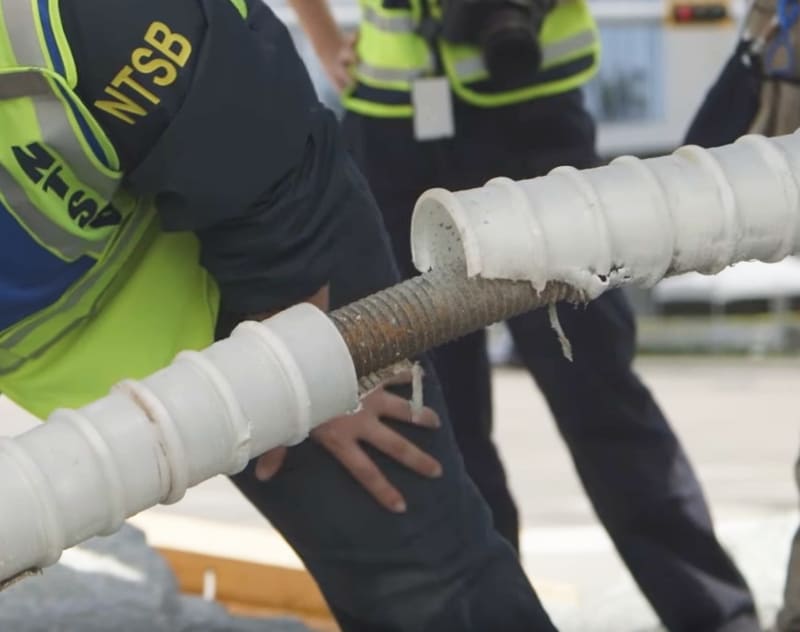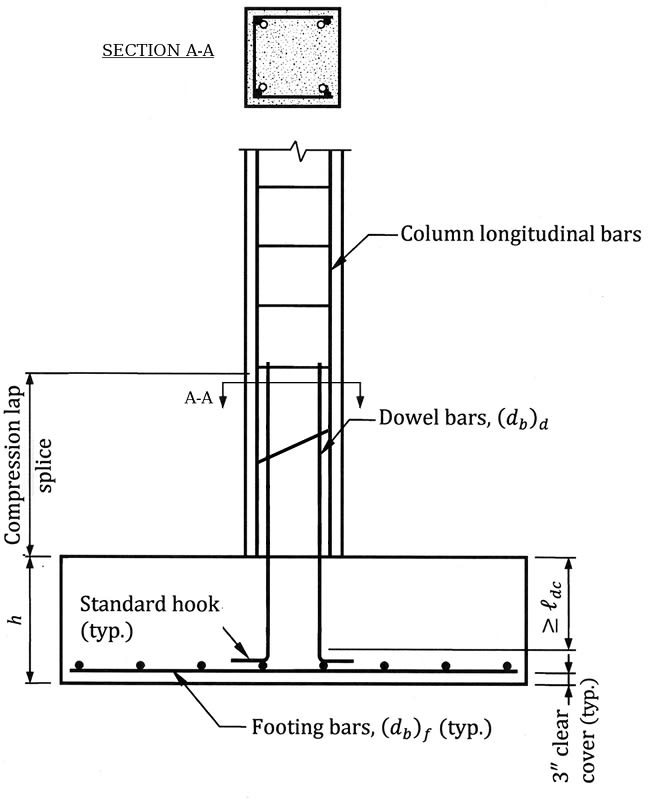-
1
- #1
A continuation of our discussion of this failure. Best to read the other threads first to avoid rehashing things already discussed.
Part I
thread815-436595
Part II
thread815-436699
Part III
thread815-436802
Part IV
thread815-436924
Part V
thread815-437029
Part VI
thread815-438451
Part VII
thread815-438966
Part VIII
thread815-440072
Part IX
thread815-451175
Part X
thread815-454618
Part XI
thread815-454998
Part XII
thread815-455746
Part XIII
thread815-457935
Part I
thread815-436595
Part II
thread815-436699
Part III
thread815-436802
Part IV
thread815-436924
Part V
thread815-437029
Part VI
thread815-438451
Part VII
thread815-438966
Part VIII
thread815-440072
Part IX
thread815-451175
Part X
thread815-454618
Part XI
thread815-454998
Part XII
thread815-455746
Part XIII
thread815-457935





